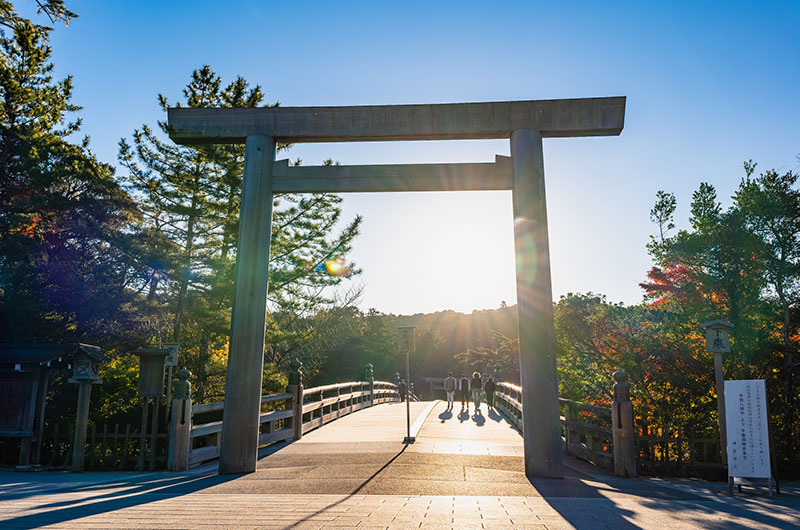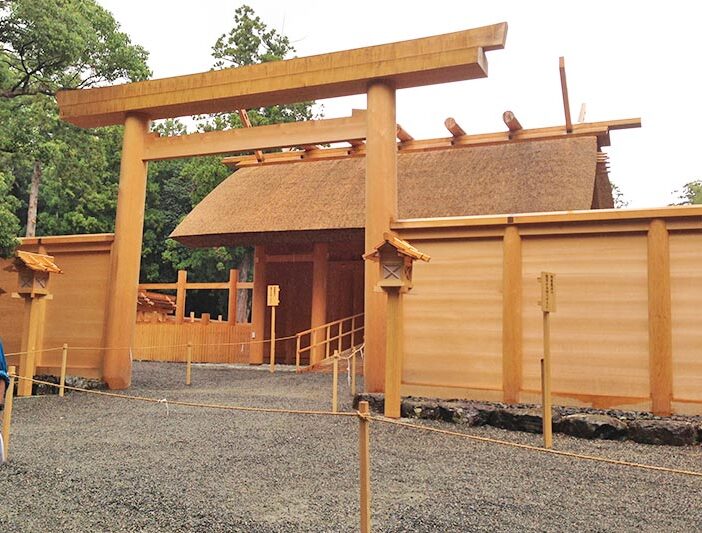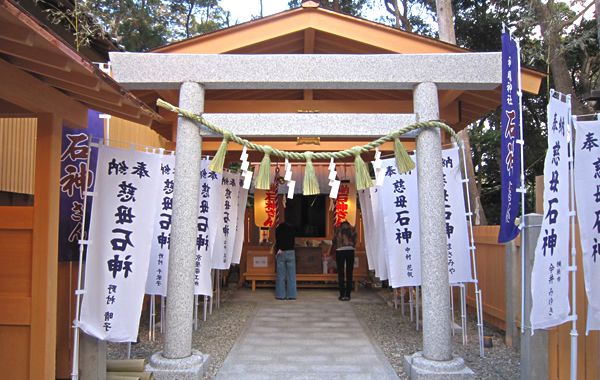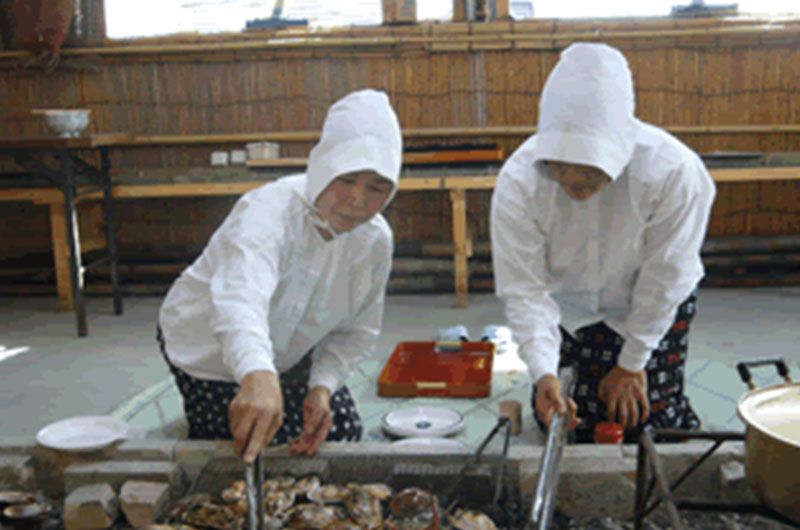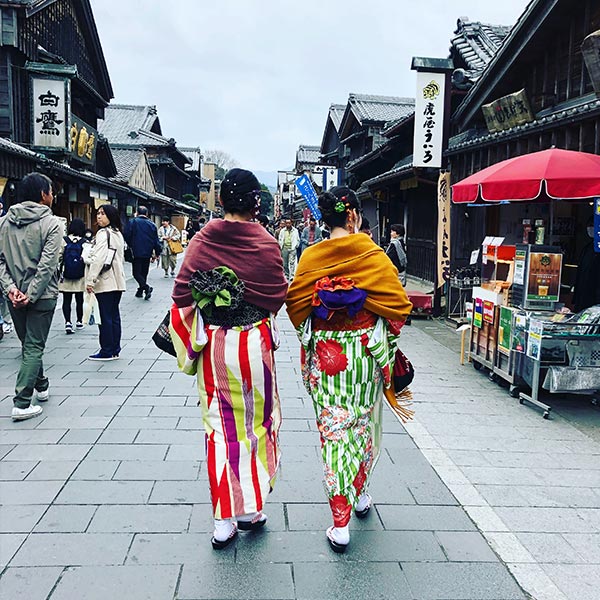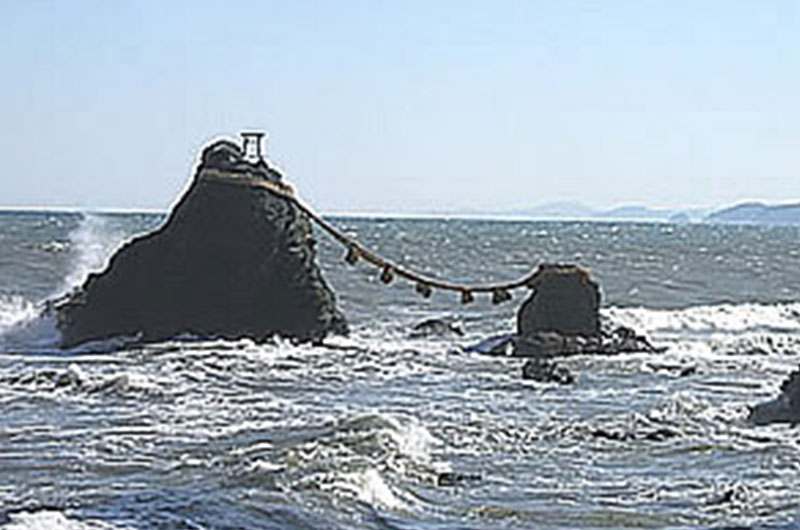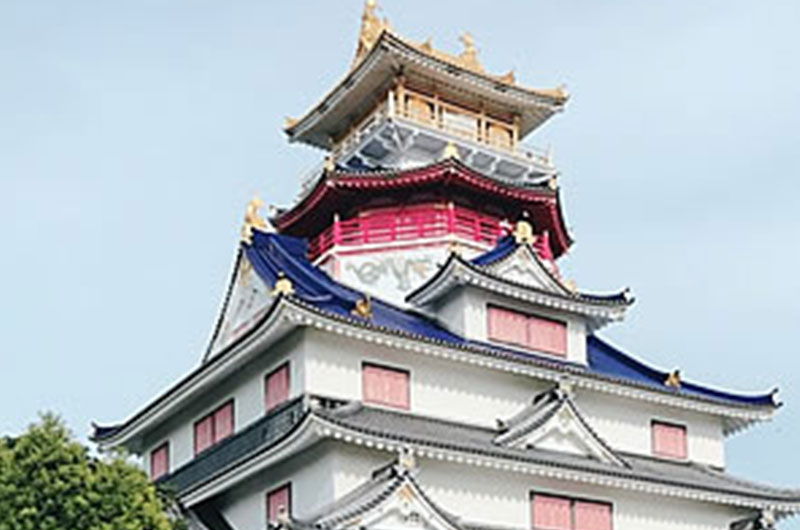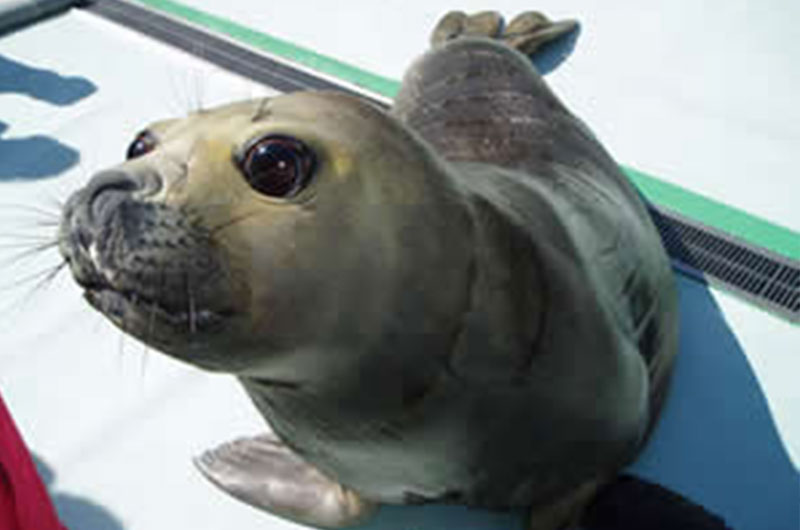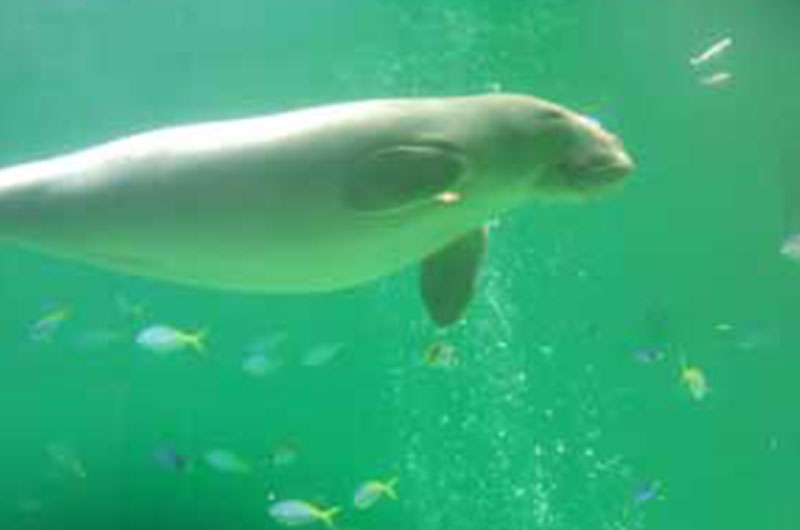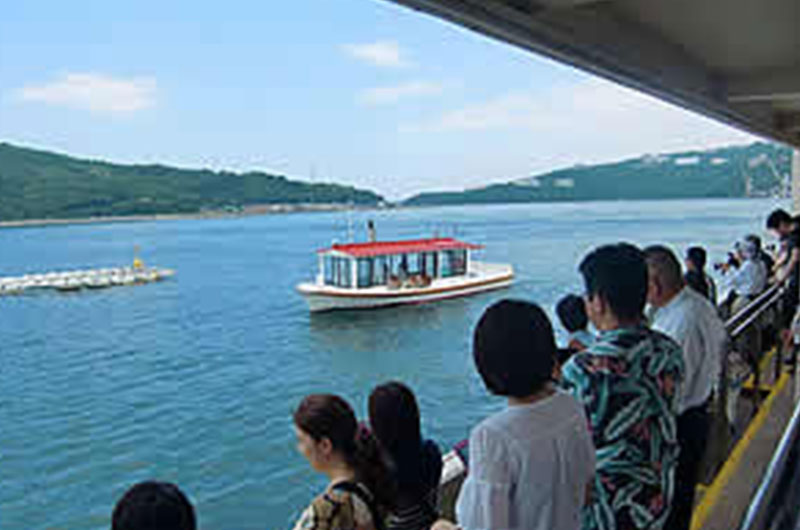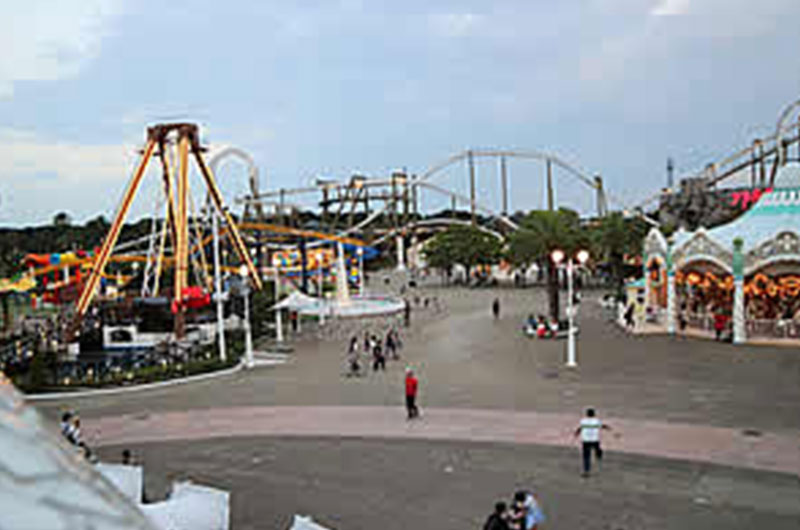Ise Jingu consists of two main shrines, the Inner Shrine (Koutai Jingu) and the Outer Shrine (Toyouke Jingu). Toyouke-no-Omikami is enshrined at the Outer Shrine and Amaterasu-Omikami at the Inner Shrine. It is also famous for the Shikinen Sengu (ceremonial relocation of the shrine), which takes place every 20 years to rebuild the shrine buildings anew.
Surrounded by nature, the Ise Jingu Shrine is said to give worshippers a refreshing feeling. It is a place where Japanese traditions and culture are alive and well, and is visited by many worshippers from Japan and abroad.

Reservation / Contact us
![]() Michishio
Michishio
IN 15:00 / OUT 10:00
free shuttle bus
from Toba Station 15:00, 16:30
reservation required at least 2 days in advance.
There is no pick-up service during the summer vacation (7/20-8/31).
〒517-0032
1522-12 Ousatsu Chou Toba City Mie Prefecture

